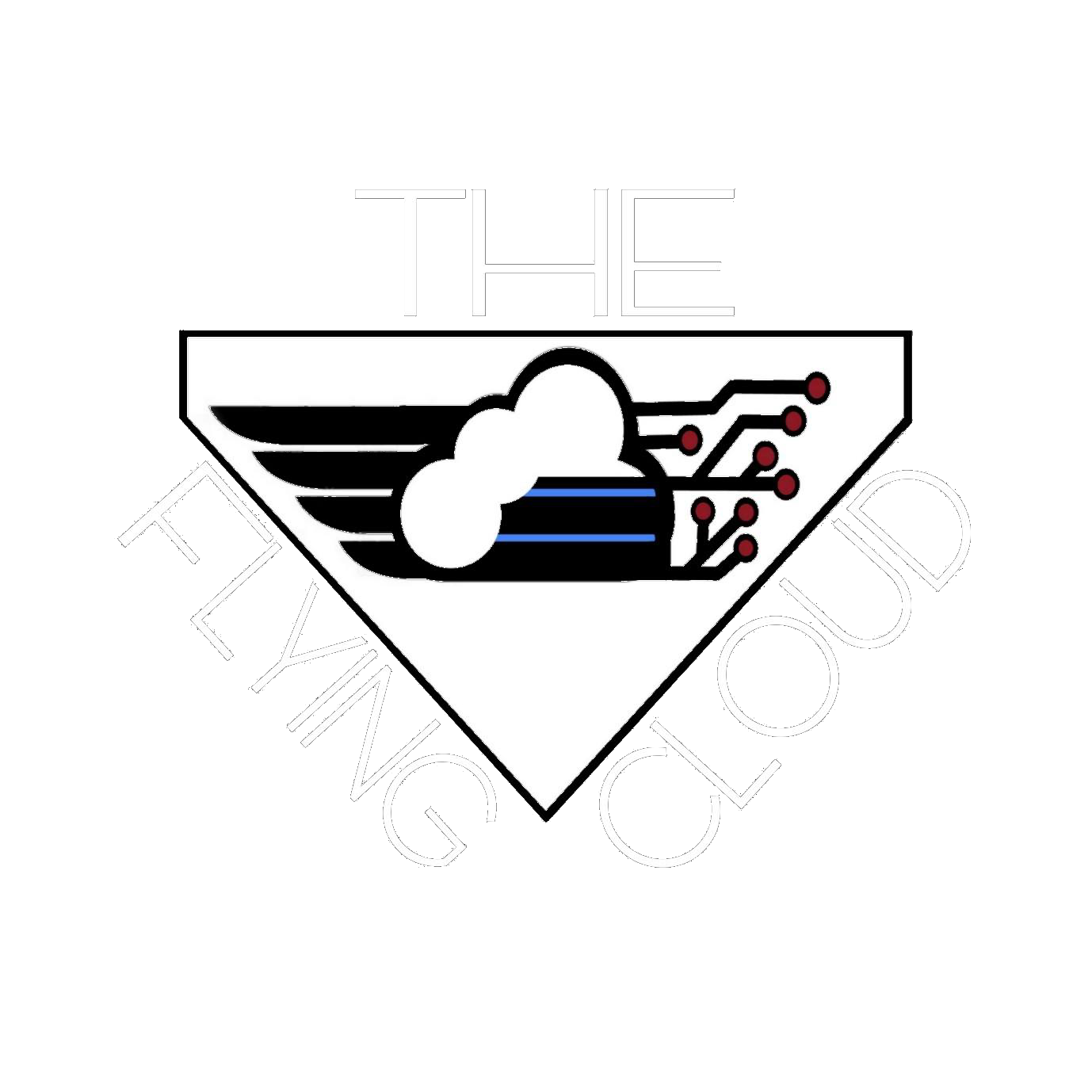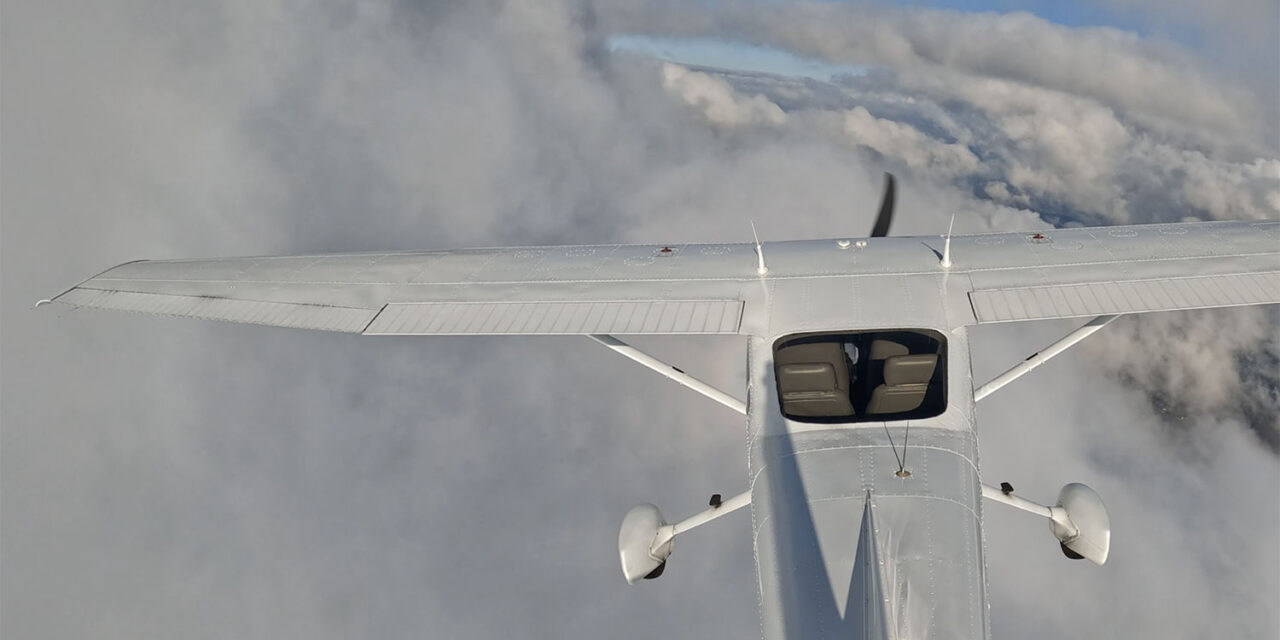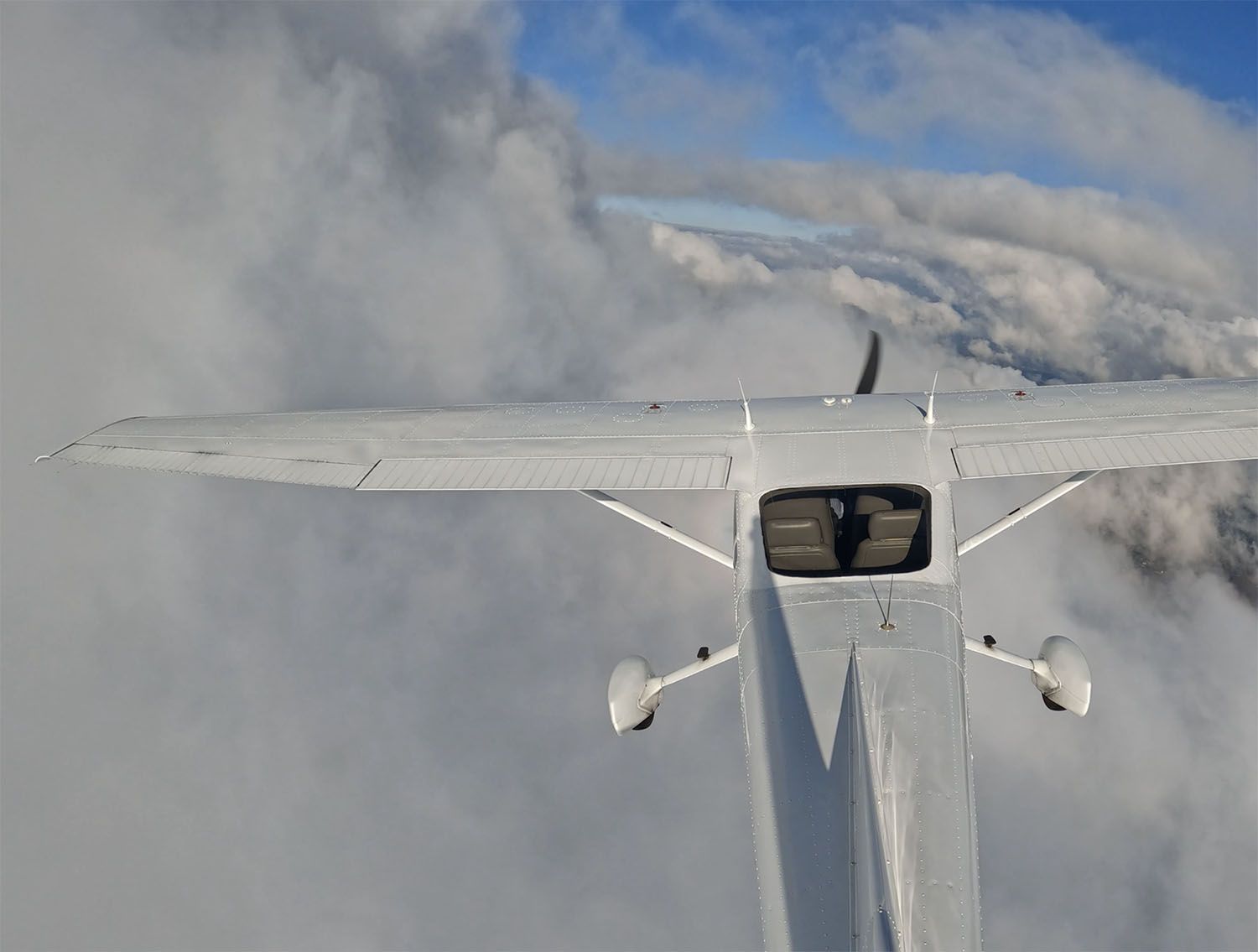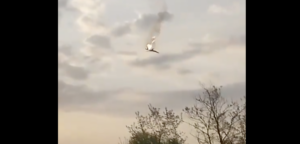What was one of the scariest moments in your life?
Air Facts Journal
A few months ago I was prompted to answer that question. I was asked to put it in writing. At the time of its writing it was intended for an audience of three—my sons. Months later, during a brief email exchange with friend and aviation author, Dean Zakos, it occurred to me to drop it in his email for his momentary diversion. He responded in a way I hadn’t anticipated. He suggested I submit the story to Sporty’s Air Facts with the possibility readers might enjoy it. After that, it remained in my file for another several weeks waiting for me to get around to it. I got around to it.
From the start, selecting a story about my scariest moment in life wasn’t difficult. In all candor, however, I don’t submit it to an aviation community without some chagrin.
My “scariest” moment occurred over four decades ago. It was 1979. I was on a winter trip to Florida with my dad, mother, and brother, Lyle. Just a few days earlier, in my dad’s four-place Cessna Skyhawk, in zero degree temperatures, we had departed our grass airstrip in Fond du Lac County, Wisconsin. On the day of my “scariest moment,” we were flying in the northern part of the Sunshine State, which wasn’t so sunny just then. Dad, a seasoned VFR pilot, was at the controls. I, a 19 year old greenhorn with a brand new pilot’s license in my wallet, sat at his right. We were a little over an hour into the first leg of our return flight to Wisconsin from our departure point of Kissimmee Gateway Airport.
The flight started off uneventfully enough. We had light winds, good visibility, full cloud cover, and ample ceiling heights. These conditions where consistent with the forecast for the time we planned on being in that area. But, with a frontal system approaching, the conditions were expected to worsen over the hours subsequent to our passing through, including the chance for moderate to severe turbulence. Heading north, we believed we would be clear of the area of concern in time for it to not be a concern, but without a large margin. We thought we would be ahead of it. We weren’t.
A little over an hour into what was up to that point, a routine flight, things began to change for the worse. What was changing, however, wasn’t the visibility, or ceiling heights, or wind—at least not perceivably. The “ride” began to deteriorate. At first it was just gradually, then more decidedly, evolving into moderate turbulence. This wasn’t a problem. I had experienced enough of that during training and on previous flights with Dad to remain unphased. But the turbulence would continue to worsen. And it would worsen to a point that would be too much for this new pilot, fresh out of flight training, to remain “unphased.” It wasn’t that I couldn’t handle the ride. The problem would be the matter of maintaining control, which would became increasingly difficult and, at one point, marginal. That’s the part that would scare the hell out of this rookie.
The ride was now degrading beyond moderate and we realized it was time to be on the ground. And we needed to do it as quickly as practical. And we needed to do it without doing anything rash, like an off-field landing. Our destination airport, hours to the north and in better meteorological conditions, was out of the question. Also, now well into our trip, with the conditions forecasted to be degrading in the area we had passed, returning to Kissimmee was not an attractive option. It was time to cut bait. Dad knew it. I knew it.
We examined our charts for an airport that might be reasonably close. There wasn’t much available. This was a sparse, vast area of the state, not conducive to producing airports. But we found an option, a small backwater (Cross City—population 1,730 in 2021). This was not our original destination, of course, but as they say, “any port in a storm.” It would have to do.
Working our way toward Cross City, especially in those last few minutes, the ride continued to worsen. Moments before, Dad, at my suggestion, slowed the aircraft to the manufacture’s posted maneuvering speed (112 mph for a Cessna Skyhawk), something I hadn’t ever needed to do during my short time as a pilot. (Maneuvering speed is used to reduce stresses on an airframe when traveling through—well—rough air). After a few minutes of flying through the “chop,” our runway was in sight. Most of those few minutes were tolerable. The ride was bumpy, but we were doing fine, and we had a plan.
Then, about five miles out, things took a turn for the worse. In those final three minutes of flying that day, conditions degraded from severe to dire. We had good visibility, with no thunderstorms, precipitation, or lighting present—just a layer of generally stratified, but undulating cloud bottoms above us. We began experiencing violent pitch changes, accompanied by strong, intermittent up and down drafts. The updrafts were so strong, and the upward pitch of the aircraft so steep, that full down deflection on the controls wasn’t giving us enough to level the aircraft. It felt like we were in a vacuum, the control inputs not biting the air and not giving results. There was an eeriness to it.
Then, just as quickly, for a few seconds, we would encounter a strong downdraft, and the aircraft would pitch so violently downward that full up deflection wasn’t enough to overcome the aircraft’s downward pitch. These lasted just a few seconds each, but it felt like an eternity. It is terrifying to not feel the nose rise when the yoke is pulled to the pilot’s stomach. Clearly we were barely in control; conditions were “in control.” About a third of the time the aircraft was level. The rest of the time we had those unpredictable pitch movements to contend with and that momentary, intermittent loss of control.
Across Dad’s lap was his sectional chart; on my lap, a thick airport directory with my finger on the page turned to Cross City. My eyes were busy: inside the cockpit, watching, monitoring, and checking that chart; and outside the cockpit, searching for a first glimpse of our new destination. There wasn’t much talk. I’ll admit my hands, for a couple of seconds, reflexively touched the yoke a couple of times, pushing and pulling, aiming to get whatever the control surfaces would give us. Admittedly, that is not a recommended practice for a co-pilot, uninvited. I was scared, and intent on doing anything I could to help, if possible.
And we were doing what pilots are supposed to do when plans change midflight; when things are getting rough; when something unexpected happens or when something expected happens but more severely. We were doing what pilot are supposed to do when we know it’s going to be a new airport this time, an unresearched airport; and when we are awake, wide awake, as awake as one can be. We got busy–“fly the plane,” that old pilot’s admonition for when everything but the wings are falling off. We stayed with it.
Then, finally, after several of these episodes, and “staying with it,” we achieved short final, with our airport now filling our windshield. We had no idea how this was going to end. But we were going to ride it out, come what may. Then, descending through just a few hundred feet AGL, and a few hundred yards from the end of the runway, the turbulence diminished. Seconds later, now within 50 feet of the ground, the turbulence completely vanished, granting us a steady, moderate wind straight down the runway, and allowing us our standard over-the-fence speed of 65 knots, a gentle flair, and a greased on landing like Dad had done countless times on our little airstrip in St. Peter, Wisconsin. A perfect landing.
Strangely, unexpectedly, all seemed back to normal. The airport was quiet, the winds light, the sky still overcast—though that cloud layer had those strange looking undulations. There’s your sign. An untrained eye on the ground might never have guessed our experience during those last few miles to safety. All was tranquil in Cross City, Florida, and we were glad to be there, at our newly chosen destination, all in one piece.
That was the longest, most terrifying final approach—actually the only terrifying final approach—I’ve ever experienced. As we taxied to the parking area, before a word was uttered in the cockpit, I was already resigned to staying on the ground the rest of the day, with or without my travel companions. I told myself, if I was going to be continuing our trip that day, it would have to be on a bus. There’s no way in hell I was going to climb back into that airplane, not that day, not in those conditions.
While I have speculated here as to causes (wind shear or severe turbulence—you may judge), we, in hindsight, would have been well served to have departed earlier, getting farther “ahead of it.” We got a severe dose of “it” in those final three minutes of flight.
It was humbling–one of the scariest moments of my life.
In all the decades of flying that followed, I don’t believe Dad ever once left the ground when anything more than “moderate” turbulence was in the forecast. This was a case of a lesson learned and a good pilot made better. To this day, decades later, the terms “moderate to severe turbulence” and “Cross City, Florida” have a special significance for me and my brother Lyle, who became a pilot himself just a couple years after that flight.
The post What was one of the scariest moments in your life? appeared first on Air Facts Journal.





